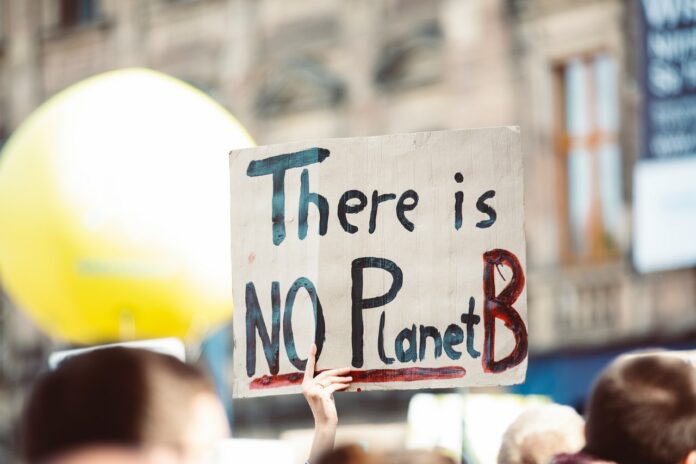By Eleni Papageorgiou,
Back in the ancient times it was common for units, families or even groups of people to move from place to place to have a better lifestyle. This usually happened because it was difficult at that time to predict the geological and weather conditions, so people were essentially forced to move where it was possible to find food or cultivate it. Today, thousands of years later, history repeats itself and entire villages are forced to be deserted due to climate change. Let’s study the “case” step by step.
One would expect that with the improvement of knowledge, the development of technology and in general the form of today’s life, nomadic life would not be necessary for anyone. But it is. Many people around the world are trying to survive climate change and global warming by abandoning their capitals and their former lives. This phenomenon is not visible enough in urban conditions and many people are unaware of the term “climate migrants” or the existence of people like the residents of Guatemala, who migrate by thousands due to floods, drought, overheating, etc. The term may not have any specific legal value but it should have a social and political one. These conditions lead regions and countries to destruction, depletion of geological resources, migration of healthy and active population, and finally in bankruptcy.
The examples of natural disasters during only the last two years are enough to draw our attention. The cyclones Idai and Kenneth in Southern Africa (March 2019) were among the most powerful in history, with the first one, killing over 1000 people. Australian wildfires in 2020 among other effects killed more than a billion native animals. East African drought, South Asian floods and dry corridors in Central America are proof that climate crisis makes its appearance all over the world and concerns us all.

The three most common impacts of climate change are: sea-level rise, extreme weather conditions, drought and water scarcity. Here are some facts that the World Economic Forum informs us about: “The conservative scientific consensus is that a 1.5°C increase in global temperature will generate a global sea-level rise of between 1.7 and 3.2 feet by 2100. Even if we collectively manage to keep global temperatures from rising to 2°C, by 2050 at least 570 cities and some 800 million people will be exposed to rising seas and storm surges”. Does this sound crazy? No, it does not; especially if we think that we’re quite close to the projections made in 2000 for carbon dioxide concentration, global temperature and sea level etc. Climate models, some of them half a decade old, predicted -and sometimes with frightening accuracy- global warming and many of its results correctly, like climatologist Mikhail Budyko who predicted that Earth’s mean global temperature would increase about 2.25°C by 2070 and that the Arctic would no longer be covered by ice year-round by 2050. We are not there yet but the evidence shows that we are heading at full speed.
On the other hand, there are solutions that we would not call conservative. One of these solutions is the Paris Climate Agreement. Under this commitment EU countries have agreed that the EU will become the first climate-neutral economy and society by 2050. As set out in the agreement, the EU has presented its long-term emission reduction strategy and updated climate plans before the end of 2020, committing itself to reducing its emissions by at least 55% by 2030. Earlier, in 1997, another attempt had been made with the Kyoto protocol. One of the less known targets of the agreement is that rich countries are going to help poorer nations by providing a financial aid called “climate finance” to adapt to climate change and switch to renewable energy.
But also in Paris Agreement there was no shortage of upheavals after America decided in 2017 under the Trump Administration to withdraw from the agreement and then rejoin after new president Biden’s commitments. In the U.S.A there are still different views on climate change with a big part of the population claiming that this change is due to natural causes and not human activity.
Despite the various disputes about the causes of climate change and the possible remedies, one thing is for sure: mankind faces a threatening situation and we should all contribute to finding solutions. Nations should plan policies that will halt this seemingly disastrous situation so that people continue to enjoy life on our blue planet.

References
- BBC News, What is the Paris climate agreement and why did the US rejoin?, Available here
- Eos, A 50-Year-Old Global Warming Forecast That Still Holds Up, Available here
- United Nations University, 5 facts on climate migrants, Available here
- World Economic Forum, The world’s coastal cities are going under. Here’s how some are fighting back, Available here
- Ευρωπαϊκό Συμβούλιο-Συμβούλιο της Ευρωπαϊκής Ένωσης, Συμφωνία των Παρισίων για την κλιματική αλλαγή, Available here




